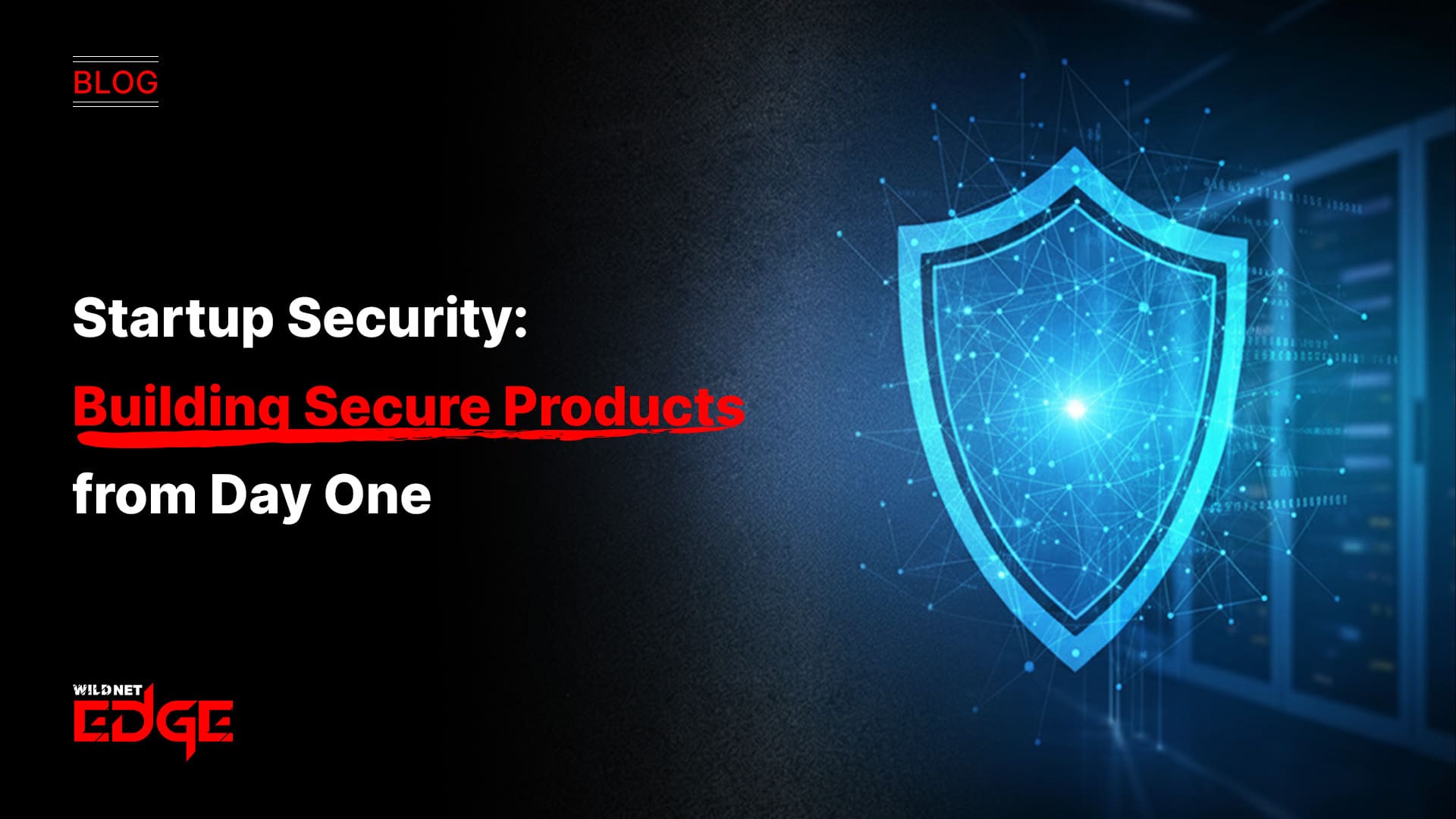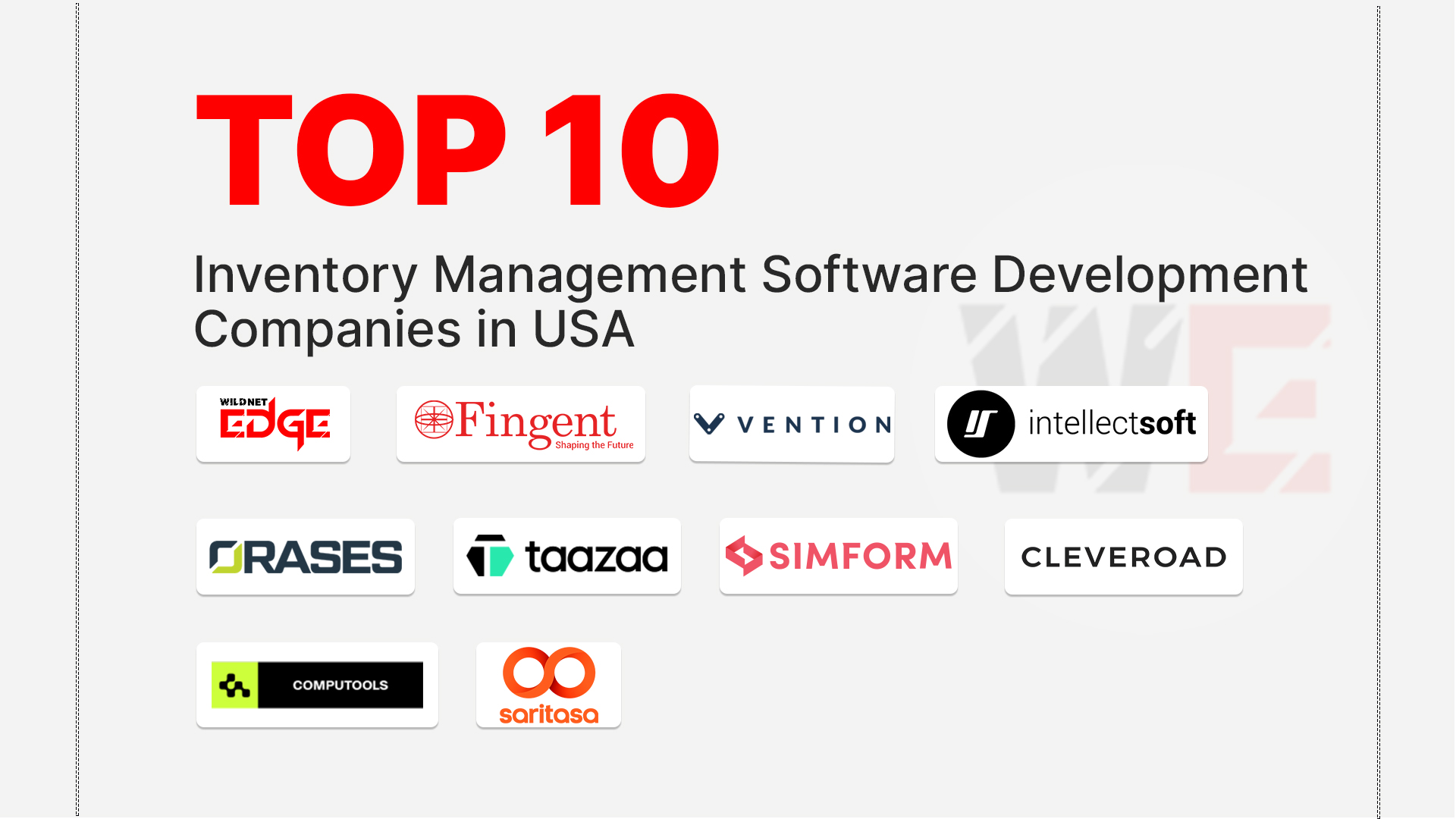TL;DR
This article highlights the importance of integrating security into products from day one. It explains that early neglect of startup data security can lead to breaches and reputational loss. Key principles include adopting an SSDLC, using strong authentication, encrypting data, and validating inputs. Achieving compliance (like SOC 2 or GDPR) is shown as a competitive edge. Prioritizing security from the MVP stage builds trust and long-term sustainability.
For startup founders, the early days are all about building fast and getting traction. With so much to juggle, it’s easy to push security to the back burner, but that’s a big mistake. In today’s world of constant cyber threats and security-conscious customers, introducing security for startups isn’t just another feature; it’s the foundation of trust and long-term success. Ignoring it early on is like building a house on sand. It might stand for a while, but it won’t last.
Why Security Cannot Be an Afterthought for Startups
Many founders believe they are “too small to be a target.” This is dangerously naive. Startups often handle valuable user data, possess innovative intellectual property, and may have less mature security practices, making them attractive targets. The consequences of a breach can be devastating:
- Loss of Trust: A data breach, especially early on, can destroy your reputation before you even gain significant traction.
- Financial Penalties: Regulations like GDPR and CCPA carry hefty fines for non-compliance, which can bankrupt a young company.
- Investor Confidence: Investors increasingly scrutinize a startup’s security posture. A breach can make it impossible to raise future funding.
- Competitive Disadvantage: In many industries, demonstrating strong startup data security is a requirement to win enterprise clients.
Building implying security from the start is far more cost-effective than trying to bolt it on later or recovering from a breach. A focus on secure app development from the beginning is key.
Core Principles of Secure App Development for Startups
Even with limited resources, startups can build a strong security foundation by focusing on core cybersecurity best practices.
1. Embrace a Secure Software Development Lifecycle
Security must be part of every stage of development, not just a final check. This means:
- Threat Modeling: Thinking like an attacker early in the design phase to identify potential weaknesses.
- Secure Coding Practices: Training developers to write code that avoids common vulnerabilities (like those listed in the OWASP Top 10).
- Automated Security Testing: Integrating security scanning tools into your CI/CD pipeline to catch vulnerabilities automatically.
- Manual Code Reviews: Having experienced developers review code specifically for security flaws.
2. Implement Strong Authentication and Authorization
Protecting user accounts is the priority.
- Multi-Factor Authentication: Implement MFA wherever possible, especially for administrative accounts.
- Strong Password Policies: Enforce complex passwords and secure password storage (hashing and salting).
- Role-Based Access Control: Ensure users only have access to the data and features necessary for their role. Whether building internal tools or customer-facing applications like those from Custom CRM Development is crucial.
3. Encrypt Sensitive Data
Assume breaches will happen and protect your data accordingly.
- Encryption in Transit: Use HTTPS for all communication between the client and server.
- Encryption at Rest: Encrypt sensitive data stored in your databases, such as user credentials or personal information.
4. Validate All Inputs
Never trust data coming from users or external systems. Thoroughly validate all inputs to prevent common attacks like SQL Injection and Cross-Site Scripting. This is a fundamental aspect of secure app development.
Achieving Software Compliance for Startups
Depending on your industry and target market, you may need to comply with specific security standards early on (e.g., HIPAA for healthcare, SOC 2 for B2B SaaS, GDPR for EU data). While achieving full certification can be resource-intensive, building your product with compliance in mind from the start makes the process much easier later. Focus on foundational controls like data encryption, access management, and logging. Demonstrating software compliance for startups can be a significant competitive differentiator, especially when selling to larger enterprises.
Security in the MVP: What’s Essential?
Even your Minimum Viable Product needs a solid security foundation. While you might overlook complex features, core security cannot be skipped. Your MVP must include:
- Secure authentication (strong passwords, ideally MFA for admins).
- HTTPS/TLS encryption for all traffic.
- Basic input validation to prevent major injection attacks.
- Secure handling of any sensitive data collected.
Building these basics into your MVP Development saves significant rework later.
Case Studies
Case Study 1: A FinTech MVP’s Security Foundation
- The Challenge: A FinTech startup needed to launch an MVP quickly but required bank-grade security to gain user trust and meet future regulatory hurdles.
- Our Solution: We provided secure app development services focused on building security. We implemented MFA, end-to-end encryption for all sensitive data, rigorous input validation, and we built the infrastructure on a secure cloud platform following cybersecurity best practices.
- The Result: The MVP launched with a security posture far exceeding typical early-stage apps. This was key in securing their first pilot customers in the highly regulated financial industry.
Case Study 2: A SaaS Platform Achieving SOC 2 Readiness
- The Challenge: A B2B SaaS Development startup needed to achieve SOC 2 compliance to close deals with larger enterprise clients who mandated it. Their existing platform lacked the necessary security controls and documentation.
- Our Solution: We conducted a gap analysis and provided Custom Software Development to implement the required technical controls, including enhanced logging, stricter access management, and vulnerability scanning within their CI/CD pipeline.
- The Result: The startup successfully achieved SOC 2 Type 1 certification within six months, unlocking access to enterprise clients and significantly increasing its market opportunity.
Our Technology Stack for Secure Startup Development
We prioritize security across the entire stack.
- Frontend: React, Angular, Vue.js (using security best practices)
- Backend: Node.js, Python, .NET (leveraging framework security features)
- Authentication: OAuth 2.0, OpenID Connect, Firebase Auth, Auth0
- Cloud Security: AWS Security Hub, Azure Security Center, Google Security Command Center
- Security Testing: OWASP ZAP, Snyk, SonarQube
Conclusion
Thus, Security for startups is not a cost center; it’s an investment in trust, resilience, and long-term value. Building a secure foundation from day one through secure app development practices is essential for protecting your users, your reputation, and your future. While the demands of a startup are immense, prioritizing startup data security is a non-negotiable aspect of building a sustainable and successful business.
Ready to build a product that your customers and investors can trust? At Wildnet Edge, our AI-first approach enhances our secure development lifecycle. We build intelligent, resilient Product Development solutions designed to protect your startup from evolving threats, including complex systems like those involved in ERP Software Development.
FAQs
At a minimum, enforce HTTPS everywhere, securely hash and salt all passwords, implement basic input validation on all user forms, keep all software libraries updated, and strictly limit access to production systems. These foundational steps address many common vulnerabilities.
Focus on the fundamentals first. Leverage the security features built into modern cloud platforms and development frameworks. Prioritize risks using threat modeling and address the most critical vulnerabilities. Automate security testing as much as possible within your CI/CD pipeline.
Implementing basic security from the start is much faster and cheaper than recovering from a breach or fixing deeply embedded vulnerabilities later. It’s a necessary part of secure app development, not an optional add-on.
The OWASP Top 10 is a regularly updated list of the most critical web application security risks. Understanding and mitigating these common vulnerabilities (like injection attacks, broken authentication, and security misconfigurations) is essential for building even a basic level of security for startups.
While potentially expensive, a third-party penetration test is highly valuable, especially if you handle sensitive data or target enterprise clients. It provides an objective assessment of your security posture. Consider it post-MVP, before a major public launch or Series A funding round.
All major cloud providers offer strong security features, but security still depends heavily on how you configure and use those services. The key is understanding the shared responsibility model and implementing cybersecurity best practices within your chosen cloud environment.
SOC 2 is a compliance standard focused on the security, availability, processing integrity, confidentiality, and privacy of customer data. Many B2B clients, especially larger enterprises, will require their SaaS vendors to be SOC 2 compliant. You should start planning for SOC 2 readiness early if you intend to sell to the enterprise market, as achieving compliance is a lengthy process. This is a key aspect of software compliance for startups.

Nitin Agarwal is a veteran in custom software development. He is fascinated by how software can turn ideas into real-world solutions. With extensive experience designing scalable and efficient systems, he focuses on creating software that delivers tangible results. Nitin enjoys exploring emerging technologies, taking on challenging projects, and mentoring teams to bring ideas to life. He believes that good software is not just about code; it’s about understanding problems and creating value for users. For him, great software combines thoughtful design, clever engineering, and a clear understanding of the problems it’s meant to solve.
 sales@wildnetedge.com
sales@wildnetedge.com +1 (212) 901 8616
+1 (212) 901 8616 +1 (437) 225-7733
+1 (437) 225-7733































